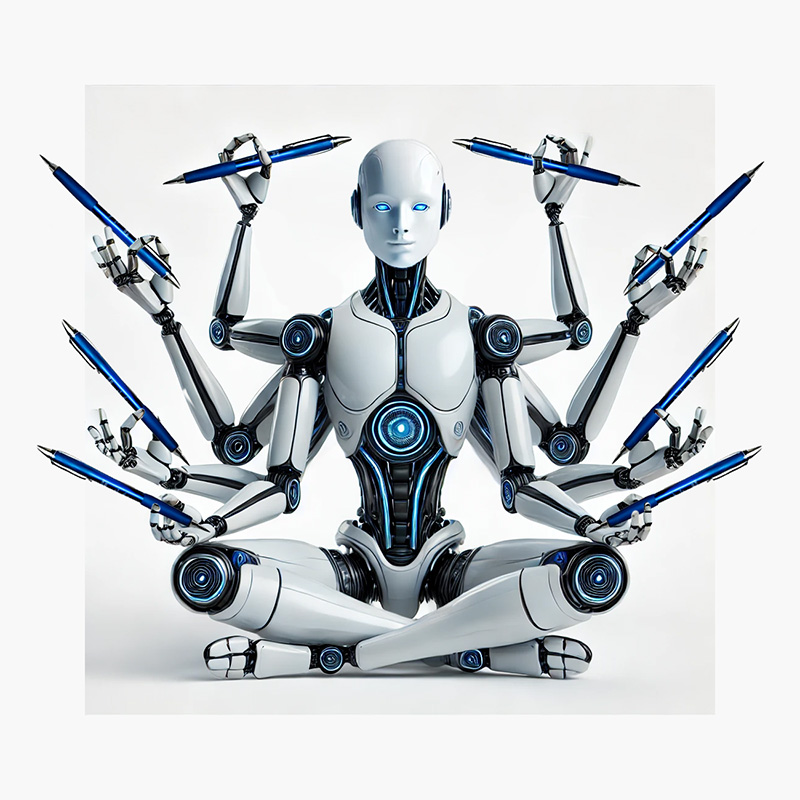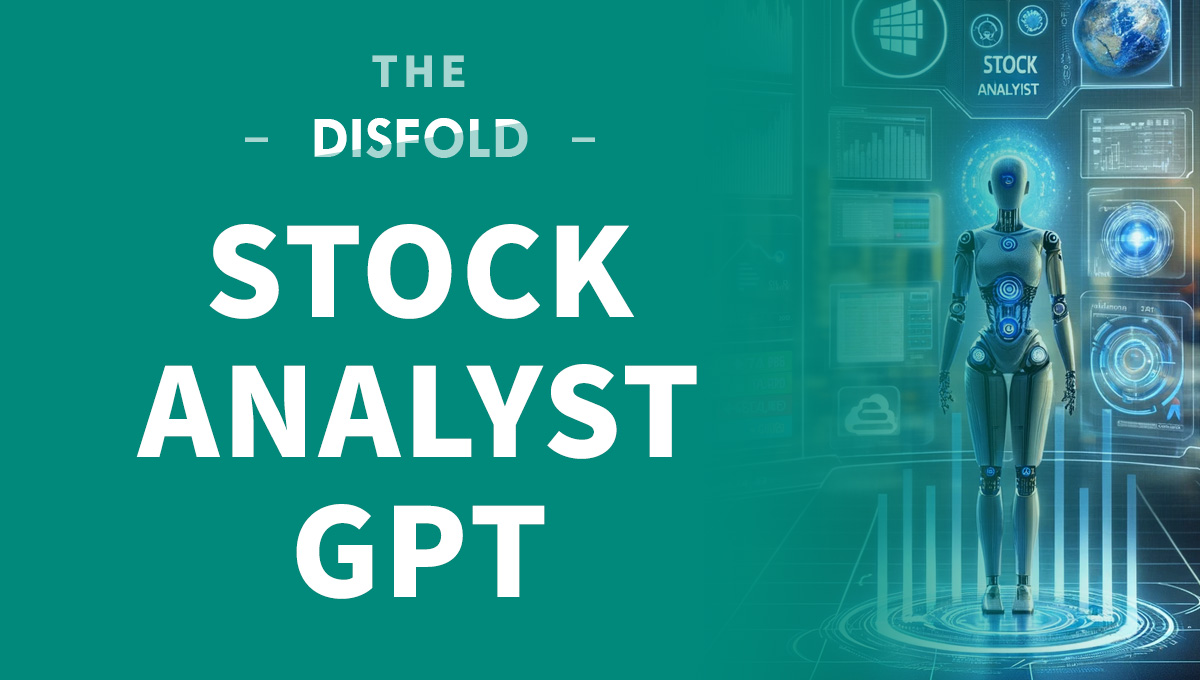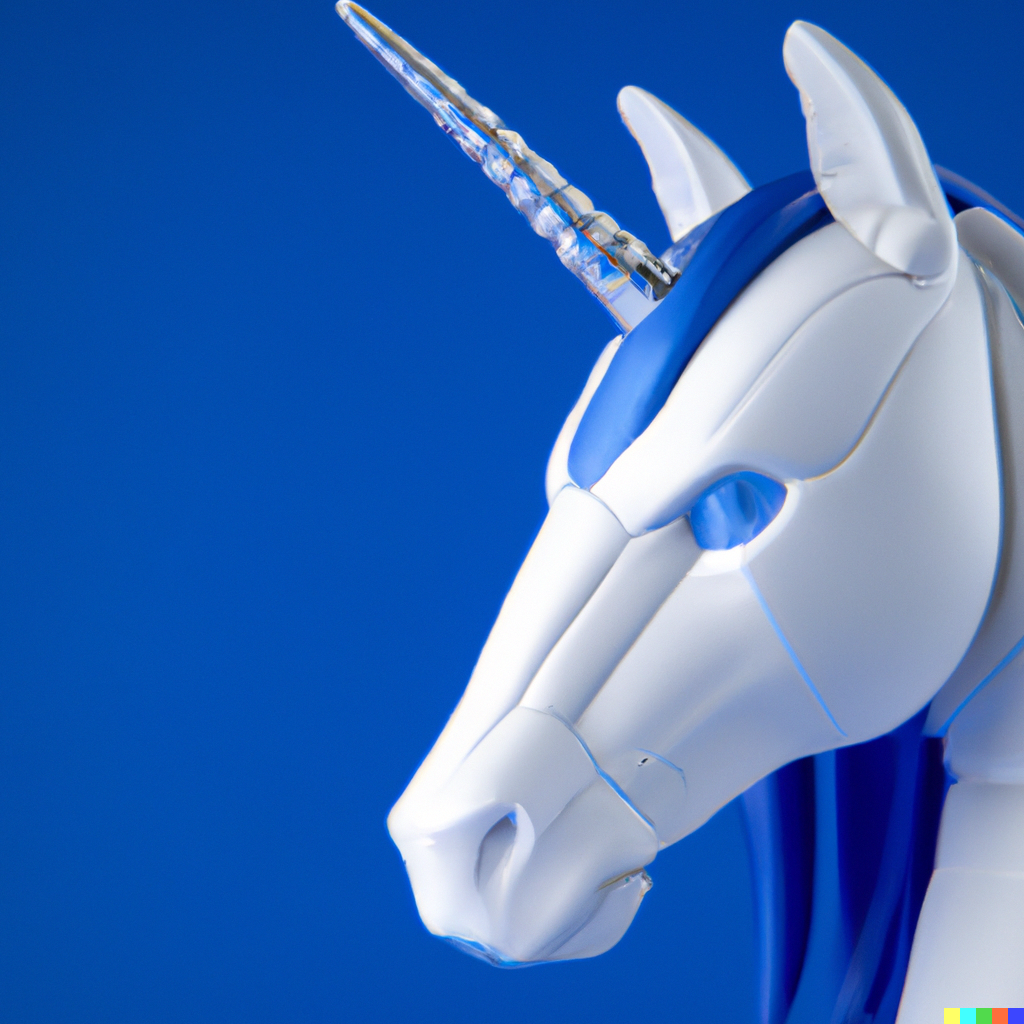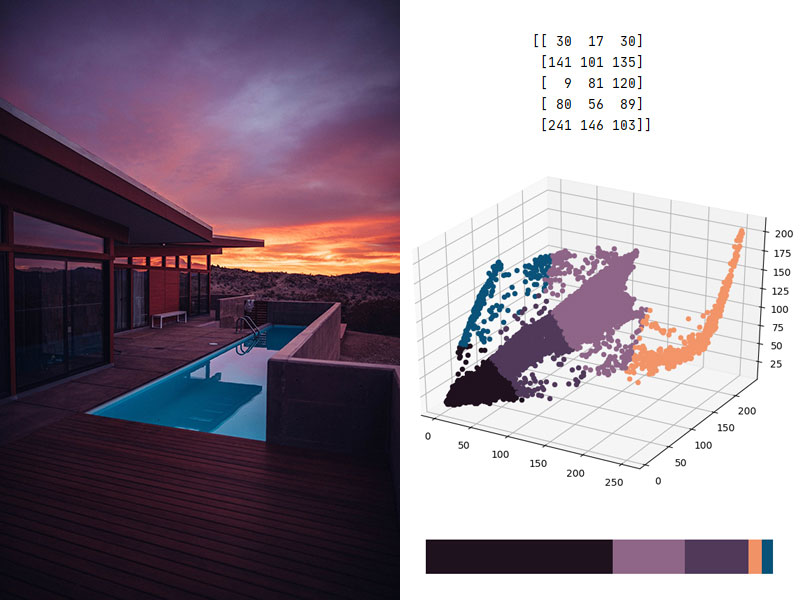WP AI Writer is revolutionizing how WordPress users create and publish content by leveraging the power of AI automation. This innovative tool acts as your personal AI agent, generating high-quality articles tailored to your needs and automatically publishing them to your WordPress site(s).
From crafting blog titles and outlines to generating complete posts with SEO-optimized content, WP AI Writer streamlines your workflow and eliminates the hassle of manual content creation. It’s perfect for businesses, bloggers, and agencies looking to scale their content strategy effortlessly.
Beyond content creation, WP AI Writer’s automation extends to publishing. Users can set custom posting schedules, manage bulk content, and ensure their blogs stay active without constant oversight. With advanced features like WordPress tag generation, multilingual content capabilities, and SEO best practices built in, WP AI Writer empowers users to create content that not only engages audiences but also ranks higher in search engines.
Whether you’re managing one site or a network of blogs, WP AI Writer makes content creation and publishing seamless and efficient, helping you focus on growth and strategy.
Check out WP AI Writer






